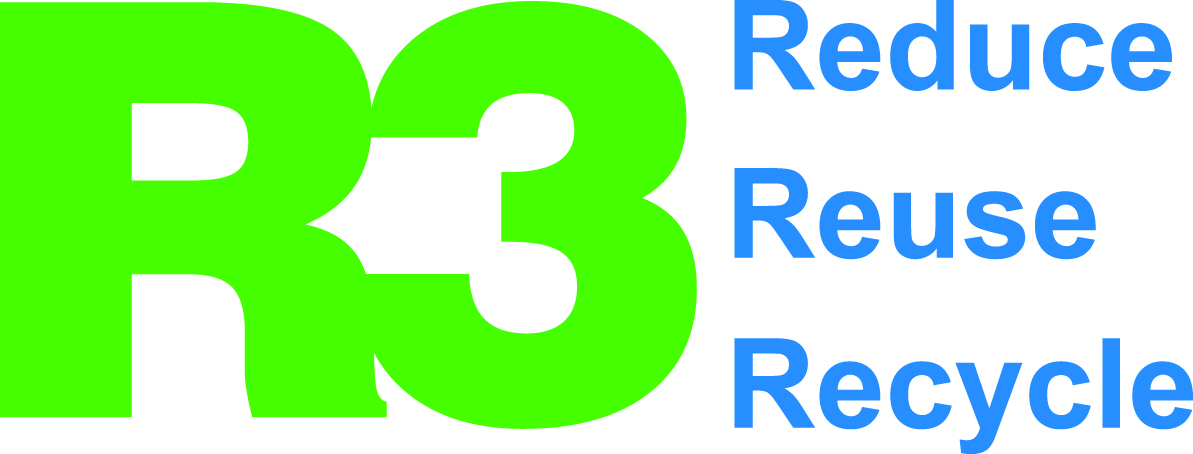
It’s all too easy to forget that freshwater is a finite resource. Most of us don’t have to travel much farther than the faucet, and the proliferation of water bottles and drinking fountains have made water scarcity a non-issue. At least, this is how it appears at first, but that’s only surface-level.
Two-thirds of the world’s population may face water shortages by 2025. Water reuse practices help alleviate pressure on our water sources and is a strategic approach to water scarcity. The Singulair® R3 is the world’s simplest water reuse treatment technology.
The collective demand for freshwater can deplete rivers, lakes and groundwater reservoirs faster than they can replenish themselves. When this happens, we disrupt the rate of recharge and cause our sources of water to dry up. They eventually recover, of course, but only if we reduce our dependence on them.
Fortunately, we have strategies for water reuse that help conserve our available resources. Through the practice of “water recycling,” we alleviate the pressure on our water sources and take a strategic approach to the problem of scarcity. A diverse variety of methods exist, ranging from simple to complex.
As an example, homeowners can harvest rainwater in barrels and use it for gardening. A more elaborate example of water recycling may involve the collection and reuse of greywater — or slightly dirty water — for toilets, irrigation and similar applications where complete purity isn’t a concern.



